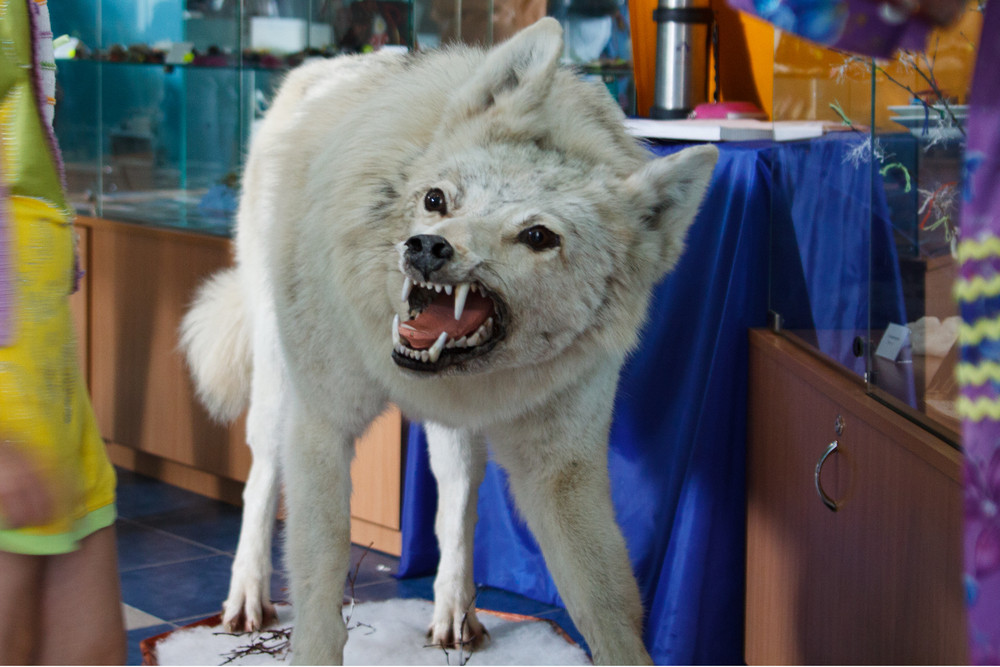

When your pet is spayed, it means that their sexual organs are removed. It’s often done to stop them from breeding or to get them out of heat, both of which can lead to serious behavioral issues in otherwise lovable pets.
Even though spaying a dog is a common procedure, there are some things to look out for post-surgery. Some of these side effects can be harmful to your pet if they go unnoticed, so it’s important to pay attention to the warning signs. Let’s take a look at a few of these potential post-surgery concerns.
Loose Stitches
When your dog is neutered, the incisions are often closed with the use of stitches. The vet will do this to ensure pet safety. However, even though the vet might do everything right, there’s still a chance that the stitches may come loose. Your dog will likely have a cone around their neck to prevent them from biting at the stitches, but they might somehow still get to it. Stitches can become itchy, and that’s not something a dog wants to deal with. Do what you can to distract your dog from the stitches and the irritation. Also, do daily checks to make sure the stitches didn’t come loose on their own.
Abscesses
Sometimes, you may notice the stitches look lumpy or raised. This is most likely because small abscesses have formed. The abscesses may be filled with a water-based fluid or something more serious like bacteria. If you notice any spots, lumps, or raised areas that might be concerning, reach out to your vet for inspection. There’s a good chance that if the area is weeping or has pus coming out that there’s an infection, so it’s best to consult your veterinarian.
Constipation
In most cases, it’s not uncommon for a dog to not have a bowel movement for a day or so after the procedure. However, it the dog goes more than a couple of days without a bowel movement, reach out to your vet regarding stool softeners. Stool softeners will make it easy for them to pass the blockage more easily. It’s pretty common for this post-surgery constipation to happen, but don’t let it go untreated if you’re concerned.
Infection
Just like with any surgery, there is always the risk of infection. The incision on your pup might look a little red as it heals, but it shouldn’t get any redder as time goes on. If you notice any problems with the area, call the vet’s office immediately.
SpayUSA.org says you should have your animal spayed before their first litter ever arrives, and this common procedure is an essential part of responsible pet ownership. While the procedure is common and done all the time, it’s important to look out for potential warning signs of a problem.
